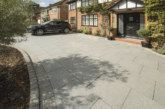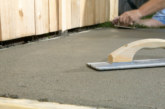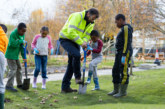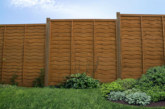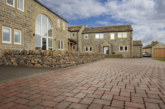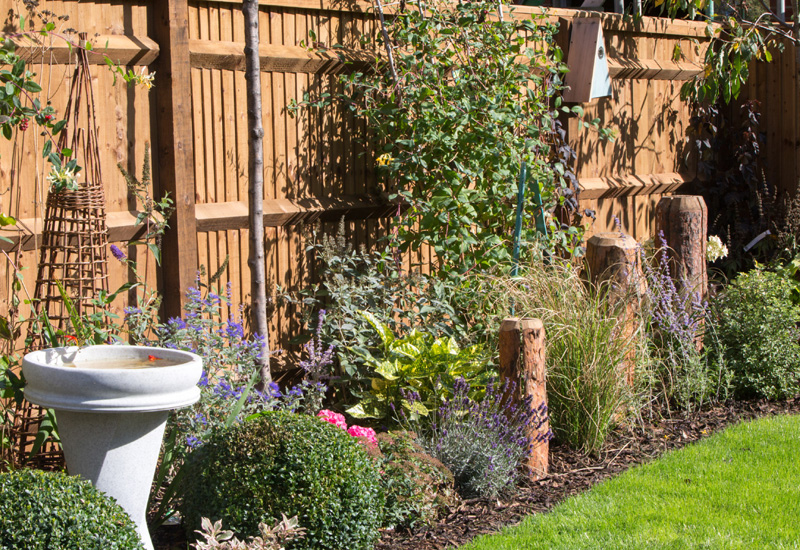
David Wilson Homes, in partnership with the RSPB is encouraging residents of new homes in Hertfordshire to put a spring in the step of local wildlife this season.
The homebuilder has teamed up with the RSPB to give five top tips to give wildlife a home in their garden this spring and do their bit for British wildlife.
The spring tips are all designed for this time of year and the activities can fit all budgets, making getting closer to nature fun for all the family.
- Open up your very own bee B&B
While honeybees live in hives, solitary bees make nests on their own and need tunnels to lay their eggs.
Get your DIY skills out and create your own bee B&B for solitary bees to nest in. Gather some short 150mm lengths of hollow bamboo canes or plant stems to give the bees five star accommodation this spring. Tie them together in a bundle or cram into a small wooden box or container. Put the box or bundles on a fence post in a warm part of the garden and watch the new residents queue up for space.
- Create a mini-pond
Installing a full size pond takes a lot of time, money and effort but the water can still have a place in your garden if you create a mini-pond. By using a simple container such as an old washing up bowl and adding some gravel and pond plants, you can create a small pond out of rain water and watch as the pond matures and pond creatures discover their new home.
Creating a mini-pond is a great activity to do in spring, so you can watch the pond mature through spring and summer seasons.
- Cater to butterflies appetite
The appearance of butterflies marks the start of the spring, but these beautiful visitors can be picky on which flowers they prefer. Plant some butterfly friendly plants to encourage butterflies into your garden. Plants such as Iceplant, English lavender and bugles are all popular with these beautiful creatures.
Make sure to put plants in sheltered locations that get the full sun and watch the butterflies flit around the garden when the warmer weather comes.
- Give swifts a place to nest
In late spring, swifts appear back in our skies for their breeding season in summer. These playful birds like high, deep places to nest, usually in the roofs of older homes.
To encourage swifts to visit newer builds, try fixing a wooden swift box to the outside of your home, directly below the eaves, to give them a new place to nest. Swifts like to return to the same nesting site every year, so you could see swifts come back to your garden again and again.
- Get prepared for summer by planting sunflowers
While sunflowers don’t bloom until summer, they need to be planted in spring. Get started by planting your seeds in a pot in spring and watch them grow as the season rolls on. Once they’ve established, plant them out carefully into a permanent home for the summer.
Not only do these bright flowers bring some sun into your garden, they’re also excellent for wildlife. When blooming, the flowers are excellent for bees and butterflies and they also provide a fantastic source of food for birds. Sunflowers will encourage wildlife into your gardens and save you money on bird food.
For step-by-step guides to each of these activities, visit the RSPB’s Giving Nature a Home pages at www.rspb.org.uk/homes.
Glenn Copper, Head of Sales for David Wilson Homes North Thames, said: “Our partnership with the RSPB has allowed us to give our customers ways to encourage wildlife around their new homes and do their bit for British nature.
“It’s important to us that wildlife also has a home on our developments this spring, which is why we’ve picked out these fun activities to protect and enhance the biodiversity of the local area.”
David Wilson Homes announced their partnership with the RSPB last year to help give nature a home in new build developments.


